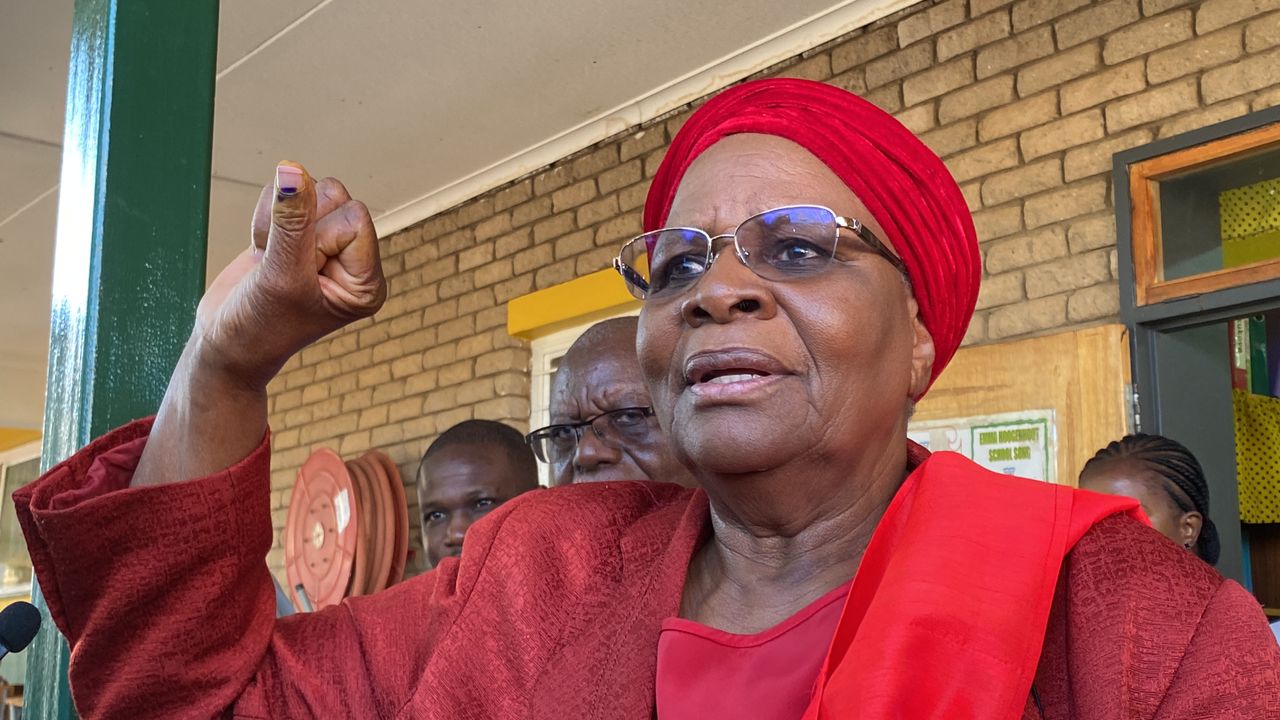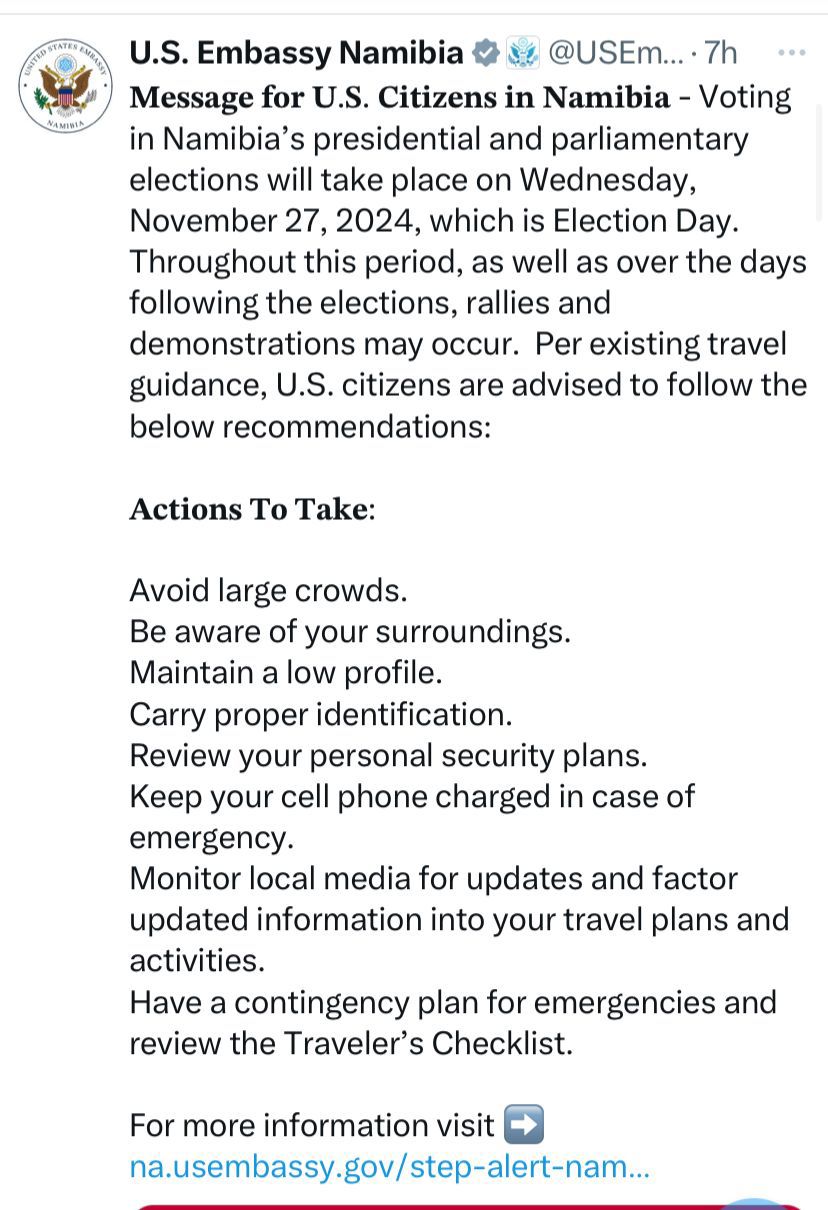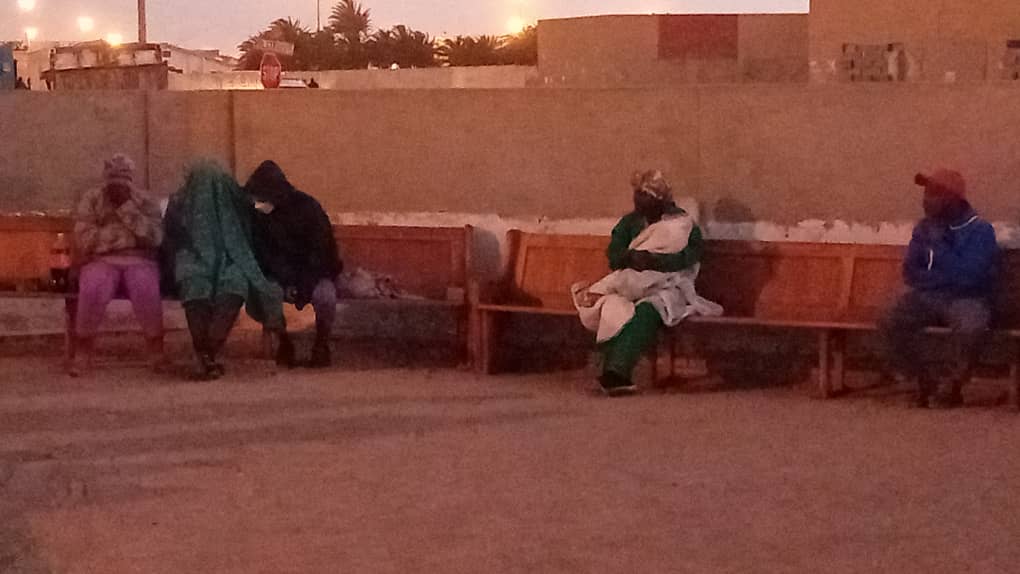As thousands of Namibian pupils head back to the classrooms today, education, arts and culture executive director Sanet Steenkamp has called on teachers to show kindness and sensitivity when faced with particularly difficult situations.
“If we truly want to see changes in our academic performance and a revival of high morals and values to be instilled in our learners, teachers should take the lead,” Steenkamp told The Namibian on yesterday afternoon.
She said teachers are role models for pupils and need to cultivate personal strength and strive towards resisting destructive behaviour.
Although teachers provide an academic education, they should also be the provider of a good moral example, she added.
“We need effective teachers in Namibia. Teachers who will take a principled stance against moral decay in their schools and teachers who will not hesitate to address matters such as ill-discipline and bullying in our schools. We need effective teachers who are not afraid to assert their authority.”
Namibia continues to battle a high rate of unemployment among teacher graduates. According to the 2023 Fifteenth School Day Report by the United Nations Children’s Fund, the total number of pupils nationally as of February 2023 was 864 707.
“There were 2 867 more girl than boy learners, bringing the ratio from 50,2 to 49,8, meaning girls have slightly higher access to education compared to boys.”
Out of 31 974 teachers in service during the census, only 10 145 were men. There were 11 684 more female teachers than male, indicating that 68,3% of teachers were female.
“The Ohangwena region has the highest number of learners (121 119) followed by Omusati (109 383), and Khomas (101 642), while //Kharas (25 137) has the lowest number of learners, proceded by Omakehe (27 135) and Hardap (28 530),” notes the report.
The report noted that during the census, the national pupil:teacher ratio stood at 27,0.
However, regional variations existed, with Kavango East having the highest ratio at 32,3, while Oshana had the lowest at 24,0. Omusati has the highest number of schools (297) followed by Ohangwena (283) and Oshikoto (226), while Omaheke has the smallest number of schools at 49, proceded by //Kharas (58), and Hardap (63).
Last year, Khomas had the highest number of private schools (57), followed by Ohangwena (26) and Oshana (25), while Kavango West had the smallest number of private schools (four), proceded by Hardap (seven). In 2021, the total number of pupils nationally as of February 2021 was 82 574. There were 1 381 more girl pupils than boys, but the ratio remained 50:50. This means that boys and girls have the same access to education.
“Out of 30 995 teachers in service at the time of the survey, there were 10 707 more female teachers than male, hence 67% were female.
“The Ohangwena region had the highest number of learners (10 744 more than the Omusati region with the second-highest number), while Omusati had the highest number of schools and teachers, with 20 more schools and 30 more teachers than the
Ohangwena region, with the second-highest numbers. Omaheke and //Kharas remain the regions with the lowest numbers of schools and learners,” noted the report.
THOUSANDS OF TEACHERS REMAIN UNEMPLOYED
Last year, The Namibian reported that the government was unable to offer a lifeline to the increasing number of teaching graduates facing unemployment. Knox Imbuwafrom the basic education ministry said the ministry does not have sufficient vacant posts to accommodate the majority of unemployed teacher graduates countrywide. “While we sympathise with those who are yet to secure employment in the teaching service, the ministry regrettably cannot be obliged to recruit unemployed graduates beyond the capacity of its financial means and physical infrastructure.” This comes as a blow to the more than 1 000 unemployed education graduates who rallied together to petition the government.
The graduates say by imposing a moratorium on new admissions, the government could prevent further saturation of the job market and allow the teaching employment landscape to stabilise.
Stay informed with The Namibian – your source for credible journalism. Get in-depth reporting and opinions for
only N$85 a month. Invest in journalism, invest in democracy –
Subscribe Now!






